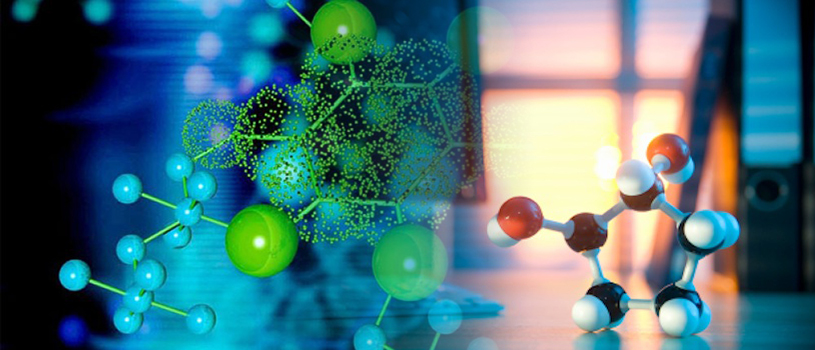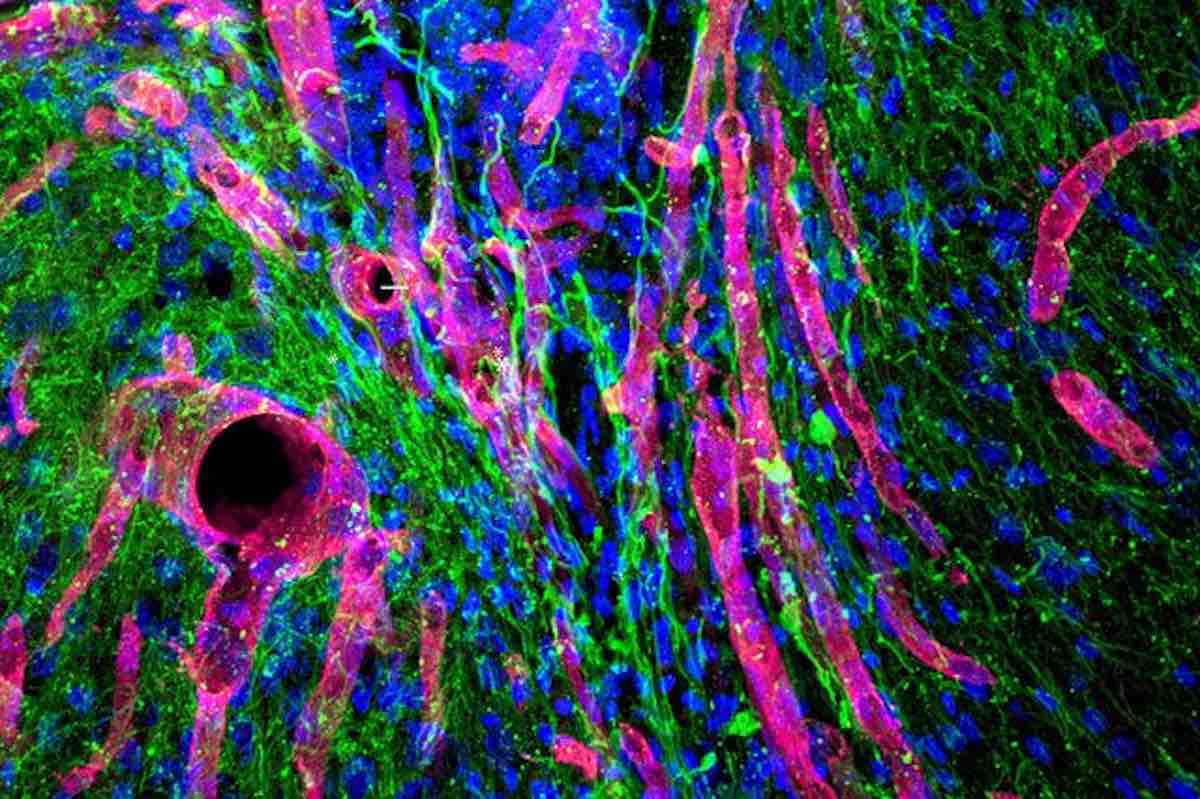
A team of US biologists has discovered thousands of four- and five-drug combinations of antibiotics that are more effective at killing harmful bacteria than the prevailing views suggested.

It’s not every day that scientists find a completely new aspect of human anatomy, but one study is providing exactly that, describing a previously unknown network of tunnels located between the skull and the brain.

A team of US researchers have, for the first time, fully 3-D printed an array of light receptors on a hemispherical surface. This discovery marks a significant step toward creating a "bionic eye".

Scientists have discovered a new technique that can leave out particular sections of a gene, essentially 'skipping' them. New method, called CRISPR-SKIP, could be used to control how genes are expressed and regulated.

The world’s first ultrathin artificial retina, based on flexible 2D materials, could drastically improve visualisation technology for the blind.

US researchers report that dietary iron supplements help to survive a normally lethal bacterial infection and resulted in later generations of those bacteria being less virulent.

The achievement opens up the possibility of using similarly bioengineered lungs for humans in need of a lung transplant.

An implantable bioartificial kidney may be ready for human trials by the end of the year, according to a recent update from the researchers.

The titanium microbots could one day provide a minimally invasive method for delivering therapies in humans.

A computer built to mimic the brain's neural networks produces similar results to that of the best brain-simulation supercomputer software currently used for neural-signaling research.

US Scientists have developed a device for automated blood drawing and testing that could provide rapid test results at bedsides or in ambulances, emergency rooms, clinics or doctors’ offices.

Scientists in Basel, Switzerland, have created an artificial tissue that mimics some of the biological properties of natural bone marrow niches and can support stem and progenitor cell replication over several days.

Researchers have developed a mineralized material that mimics the fortified structure of enamel. The protein-based substance could be used to prevent and treat tooth decay, as well as tooth sensitivity and pain.

Researchers have just made a breakthrough discovery in how we can possibly treat stroke patients in the future.

A robotic system has been developed to automate the production of human mini-organs derived from stem cells. This will expand the use of mini-organs in basic research and drug discovery.